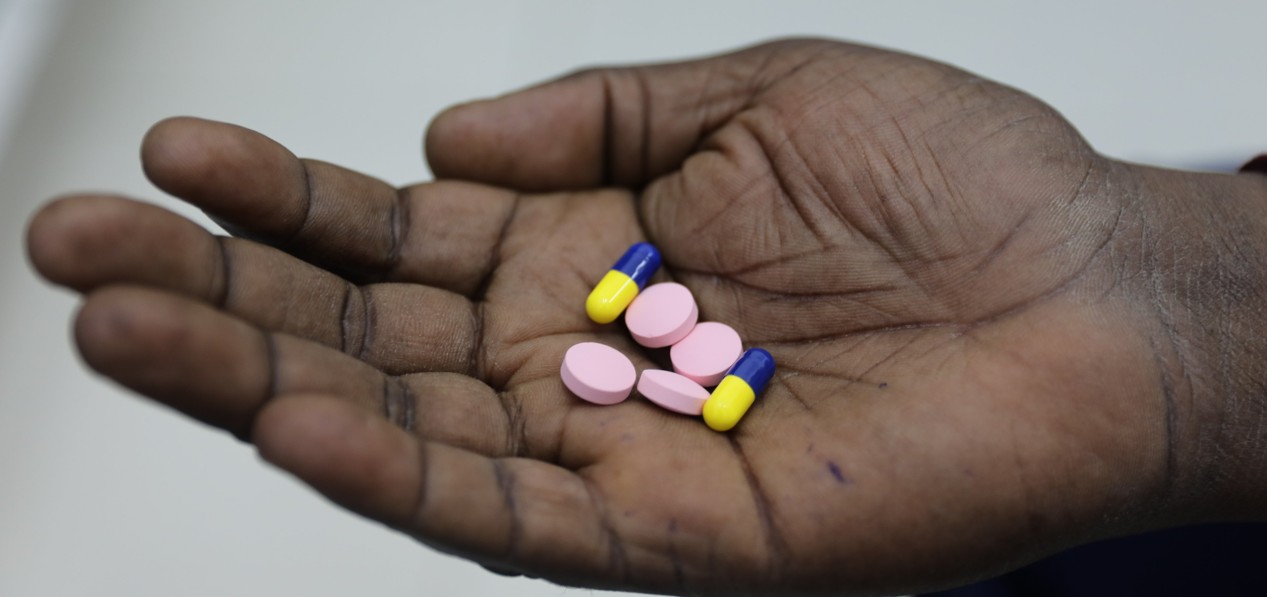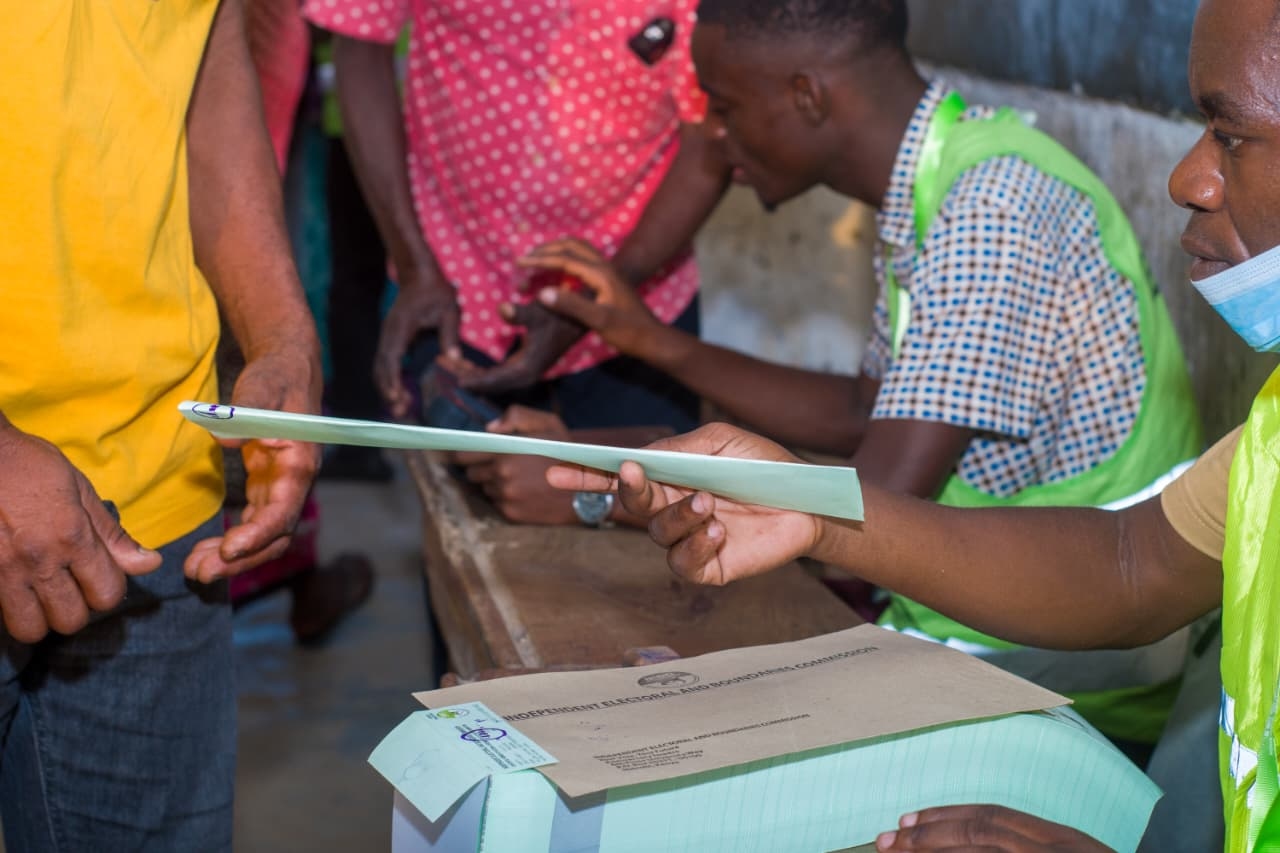WHO sounds alarm: Antibiotic resistance rising fast, puts millions at risk worldwide

Many nations, particularly those most affected by antimicrobial resistance, still lack the infrastructure to generate reliable resistance data.
A new report by the World Health Organisation (WHO) has warned that fragile healthcare systems and the widespread misuse of antibiotics are fuelling the silent rise of antimicrobial resistance (AMR) — an escalating global health threat.
As first-line antibiotics lose effectiveness, healthcare workers are increasingly forced to rely on older, more toxic, or harder-to-access treatments, placing millions of lives at risk. This growing resistance is not only causing more treatment failures but also allowing new infections and emerging diseases to spread, undermining global health stability.
More To Read
- WHO warns of rising antimicrobial resistance in fungal infections
- WHO warns of soaring antibiotic resistance in gonorrhoea globally
- Ministry warns Kenyans on escalating antibiotic resistance
- WHO raises alarm as antibiotic resistance threatens global health gains
- WHO warns of alarming teen vaping surge as 15 million adolescents now using e-cigarettes
- Ethiopia makes history as first IGAD nation to secure WHO’s top medicine safety rating
According to the WHO’s latest findings, in 2023, one in six bacterial infections worldwide were resistant to antibiotics. Between 2018 and 2023, resistance increased in over 40 per cent of the pathogen–antibiotic pairs tracked, with annual resistance rates rising by 5–15 per cent.
Data submitted by more than 100 countries to the WHO Global Antimicrobial Resistance and Use Surveillance System (GLASS) highlights the mounting threat of resistance to essential antibiotics — a crisis that could overwhelm healthcare systems worldwide.
Detailed global estimates
The Global Antibiotic Resistance Surveillance Report 2025 presents, for the first time, detailed global estimates of resistance across 22 drugs commonly used to treat urinary tract, gastrointestinal, bloodstream infections, and gonorrhoea.
It also monitors resistance trends in eight key bacterial pathogens: Acinetobacter spp., Escherichia coli, Klebsiella pneumoniae, Neisseria gonorrhoeae, non-typhoidal Salmonella spp., Shigella spp., Staphylococcus aureus, and Streptococcus pneumoniae.
The report reveals stark regional disparities. The WHO South-East Asia and Eastern Mediterranean regions are experiencing the highest resistance levels, with one in three reported infections resistant to antibiotics.
In Africa, one in five infections showed resistance. These trends are particularly alarming in regions with weak healthcare infrastructure, where diagnostic and treatment capacities are limited.
WHO Director-General Tedros Adhanom Ghebreyesus cautioned: "Antimicrobial resistance is outpacing progress in modern medicine, threatening global health.
To tackle AMR, we must use antibiotics responsibly and ensure universal access to high-quality medicines, diagnostics, and vaccines. Strengthening health systems, innovating with next-generation antibiotics, and improving diagnostic technologies are critical for safeguarding the future of medicine."
Drug-resistant bacteria
The report identifies drug-resistant Gram-negative bacteria, such as E. coli and K. pneumoniae, as especially dangerous and a major public health threat. These bacteria cause severe infections, including bloodstream infections that can lead to sepsis, organ failure, and death.
More than 40 per cent of E. coli and over 55 per cent of K. pneumoniae are now resistant to third-generation cephalosporins — the standard treatment for such infections. In Africa, resistance rates for these bacteria exceed 70 per cent.
Furthermore, crucial antibiotics such as carbapenems and fluoroquinolones are becoming less effective against these and other pathogens, including Salmonella and Acinetobacter.
Once considered last-resort treatments, carbapenem resistance is now spreading rapidly, leaving clinicians with limited, costly, and hard-to-find alternatives.
Although participation in GLASS has grown significantly — from 25 countries in 2016 to 104 in 2023 — nearly half of all countries failed to submit data in 2023.
Many nations, particularly those most affected by AMR, still lack the infrastructure to generate reliable resistance data.
The political declaration on AMR adopted at the United Nations General Assembly in 2024 called for stronger healthcare systems and a “One Health” approach that unites human, animal, and environmental health efforts.
Strengthen laboratories
To confront AMR effectively, countries must strengthen laboratories, enhance surveillance, and ensure access to accurate data to guide treatment policies.
The WHO is urging all countries to submit high-quality data on AMR and antimicrobial use to GLASS by 2030. Achieving this goal will require improved data quality, wider geographic coverage, and deeper international cooperation.
It also demands coordinated interventions at every level of healthcare to ensure treatment protocols align with local resistance trends.
According to The Lancet and various experts, antimicrobial resistance is projected to cause a sharp rise in global deaths in the coming years. By 2030, AMR could be responsible for an estimated 10 million deaths annually — surpassing the current death toll from cancer.
This alarming trajectory stems from bacteria becoming increasingly resistant to common antibiotics, leading to treatment failures, prolonged hospital stays, intensive care needs, and higher mortality from once-treatable infections.
A 2023 Lancet study on AMR estimates that deaths from drug-resistant infections could climb from 1.27 million in 2019 to over 10 million by 2050 if current trends persist.
This would make AMR the world’s leading cause of death, overtaking cancer and heart disease. Experts also warn of devastating economic consequences — with potential global losses reaching up to $100 trillion by 2050 — as healthcare costs soar and productivity declines due to illness and premature deaths.
Top Stories Today















































